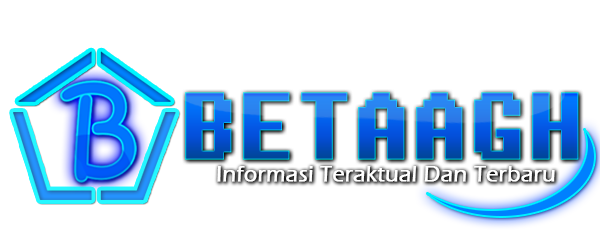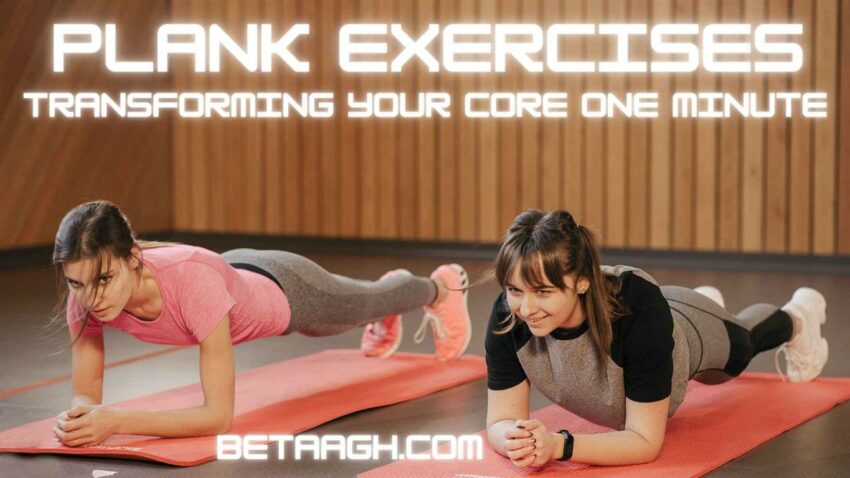Introduction
Plank has taken the fitness world by storm, and it’s not just a fad. What looks like a simple exercise is actually a powerhouse of a workout, hitting multiple muscle groups and improving core strength, posture, and even mental resilience. This article delves into the many facets of plank, from its benefits to variations and how to include it in your fitness regimen.
Basics First: What is Plank?
this exercise is a static strength exercise that involves maintaining a position similar to a push-up for the maximum possible time. The primary focus of the exercise is to engage the core muscles, but the secondary benefits extend to the shoulders, arms, and glutes.
How to Plank:
- Start in a push-up position, hands directly under your shoulders.
- Lower your forearms to the ground; keep your elbows aligned below the shoulders.
- Keep your body in a straight line from head to toes.
- Engage your core muscles and hold for a set amount of time.
Symphony of Benefits Plank
Strengthens Your Core
this exercise work out not just your abdominal muscles but also the deep core muscles that support your spine. This helps in improving posture and reducing lower back pain.
Improves Posture
A strong core enables you to stand upright. Over time, this fitness exercise can lead to better posture, making you look taller and more confident.
Enhances Balance and Coordination
The act of holding yourself up in position requires balance, engaging multiple muscle groups that enhance your coordination skills.
Mental Grit
It may seem surprising, but holding this exercise requires not just physical strength but mental toughness. The longer you hold, the more you train your mind to push through discomfort.
Variations for Every Level
Standard Plank
The beginner level where you hold position for 20-30 seconds.
Forearm Plank
You rest on your forearms instead of your palms, shifting the focus slightly towards the upper body.
Side Plank
A challenging variation where you balance on one arm, targeting the obliques.
Reverse Plank
In this version, you face upwards, putting more emphasis on your back muscles and glutes.
Plank with Leg Lift
For added difficulty, lift one leg a few inches off the ground while maintaining your plank.
Adding Plank to Your Fitness Routine
Beginners
Start with a 20-second and gradually build up the time as you get stronger. Aim for three sets initially.
Intermediate
Incorporate variations like the forearm plank and side plank. Aim for holding each plank for 45 seconds to a minute.
Advanced
Mix in high-intensity plank variations like with leg lifts or even weighted planks. Aim to do three to four sets of one minute each.
Common Mistakes and How to Fix Them
Sagging Lower Back
A common issue, sagging puts unnecessary pressure on the spine. The fix is to tighten your core and keep your body in a straight line.
Elevated Hips
Another mistake is pushing your hips upwards. This disengages the core. The fix is to align your body straight.
Forgetting to Breathe
It’s easy to hold your breath during the struggle, but this deprives your muscles of valuable oxygen. Make sure to breathe steadily throughout.
Conclusion
this exercise is not just a core exercise; it’s a full-body workout that offers benefits for everyone, from beginners to athletes. Whether you’re looking to improve your abdominal strength, posture, or mental toughness, adding this exercise to your fitness routine is a step in the right direction. Mastering the this exercise can provide a sturdy foundation for your overall fitness journey.

